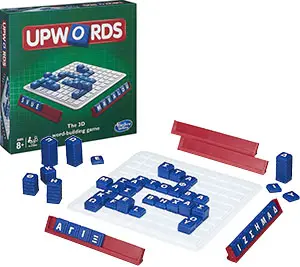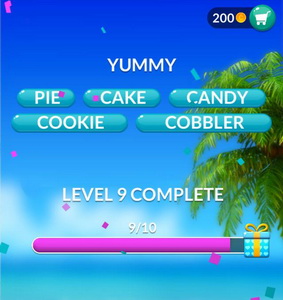

This hyphen is invisible, unless the word gets split at the end of a line.īut as a rule of thumb, see if the word is still easy to understand if you say it out loud with a pause where you are going to break the word. In Microsoft Word, this is done by using Ctrl+.

It is also possible, however, to put markers in words where the word processor will be allowed to split the word.

Unfortunately, most word processors are not very good at automatically splitting words, so it is best to keep that feature off. It is also easy with words with prefixes such as "quasi" or "psuedo" e.g.īut mostly, splitting the words just makes them hard to read - and can lead to nightmares when the content of text is changed, because words that were once at the end of a line will no longer be at the end of a line, and everything will have to be re-done. If it must be done, try to keep the components of meaning together - this is easy with obviously compound words, such as keyboard. There are really no proper rules as to how it should be done, when it is, so basically, use common sense. However, I will give what I consider to be ok guidelines: If possible, add another word to the line, or take one away, so you don't need to split in the first place. Sometimes the pronunciation of a word varies-/væpɪd/ or /veɪpɪd/? Merriam-Webster and American Heritage dictionaries agree that both pronunciations are valid, but they disagree about the hyphenation.Īnd some hyphenations I can't figure out the reason for: the Maximum Onset Principle would suggest pa-stry, but the authorities all agree on pas-try.ġI believe some American dialects still make this distinction in pronunciation the editors of Webster's dictionary weren't imagining things.įirstly, it is preferable not to split a word at the end of a line.ĭo not hyphenate (split) words at the end of a line. Sometimes it's not clear what constitutes a morpheme boundary: why ger-mi-nate and not germ-i-nate? For example, ra-tio-nal gets hyphenated after a short vowel in an accented syllable because ti acts as a digraph indicating that the 't' should be pronounced 'sh'. Sometimes the rules conflict with each other. There are lots of exceptions to these rules: If there is a string of consonants between syllables, break this string as far to the left as you can ( mon-strous).Never break a word after a short vowel in an accented syllable ( rap-id but stu-pid).įinally, if the above rules leave more than one acceptable break between syllables, use the Maximal Onset Principle:.Never break a word before a string of consonants that cannot begin a word in English ( anx-ious and not an-xious).Never separate an English digraph (e.g., th, ch, sh, ph, gh, ng, qu) when pronounced as a single unit ( au-thor but out-house).Break words between doubled consonants - 'sc' counts here but not 'ck'.Break words at morpheme boundaries ( inter-face, pearl-y, but ear-ly).Here they are, in roughly decreasing order of priority: That said, there are a few hyphenation rules that will let you hyphenate 90% of English words properly (and your hyphenations of the remaining 10% will be perfectly reasonable, even if they disagree with the authorities'). For example, the reason that prai-rie and fair-y are hyphenated the way they are seems to be that 150 years ago, the editors of Webster's dictionary thought they didn't rhyme 1 prairie was pronounced pray-ree with a long 'a', while fairy was pronounced fair-ee with an r-colored 'a'.

Some of the hyphenations currently in American dictionaries make no sense at all. The easiest thing to do, and the only way of being sure you agree with the authorities, is to look words up in the dictionary.


 0 kommentar(er)
0 kommentar(er)
